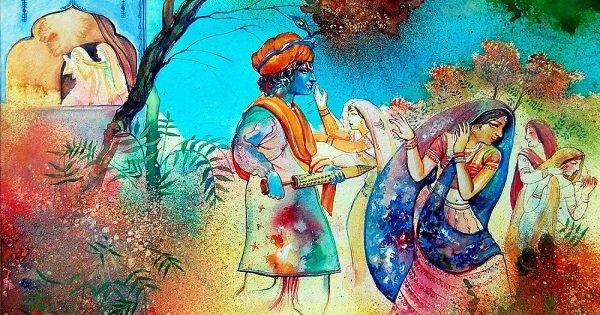As diverse as Spanish culture can be, there are a few touchstones that connect all of us (regardless of our nationalities) – the mythological horror legends our families used to scare the shit right out of us year-round and get us to act right.
It should be noted that the Spanish Empire wasn’t just limited to Spain alone, their territories stretched to as far as South America and parts of the Caribbean Islands. Their presence influenced and gave birth to a number of myths in the Latin countries which mostly ‘demonised’ these foreign invaders (and rightly so).
Here are 13 scary folktales that Spanish kids grew up with.
1. El Coco
Country of origin: Spain
Like the Boogeyman, El Cuco, also known as El Viejo del Saco targets children. Unlike the Boogeyman, Latin parents use the creature to drive the fear of god into their children. El Cuco looks for misbehaving children to kidnap in his bag.
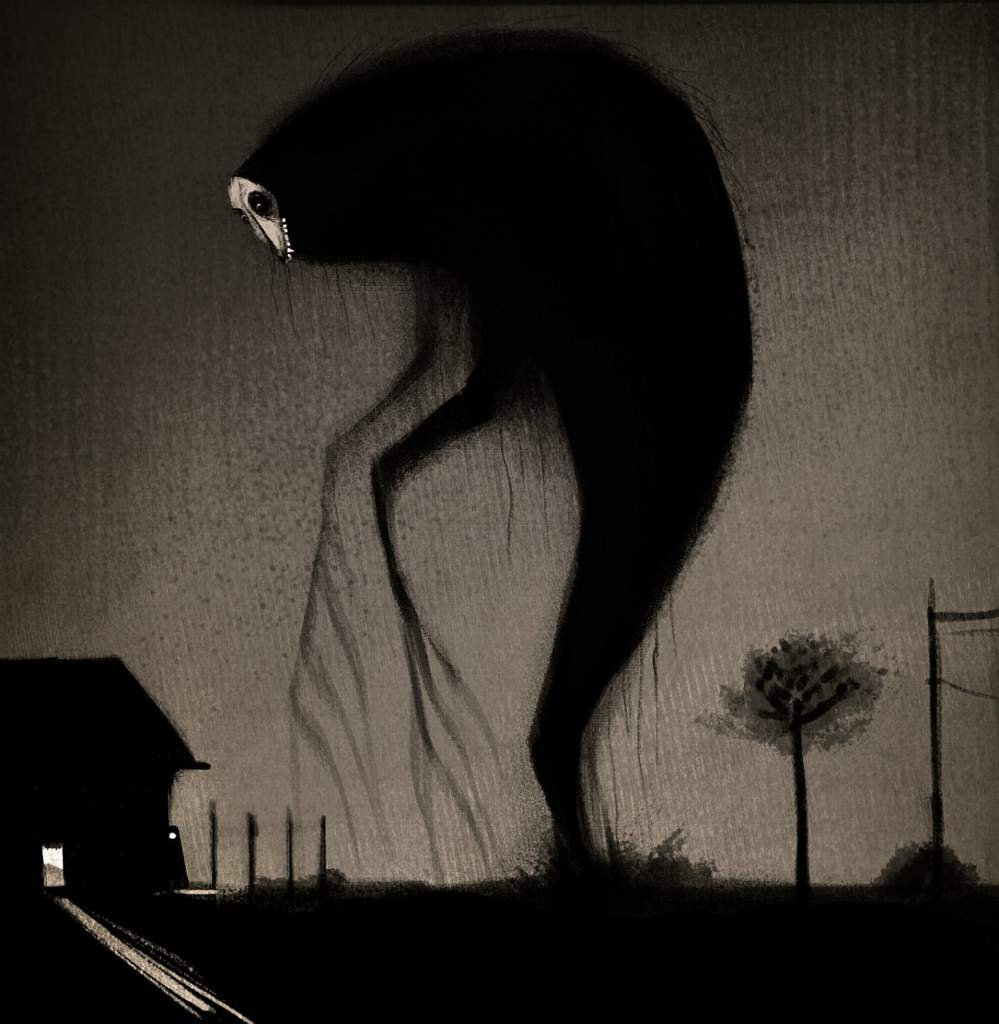
Spanish legends say that El Cuco was actually a man known as Francisco Ortega aka El Moruno. It is said that he used to drink the blood of children to cure his tuberculosis after being advised by a Curandera (a healer who uses folk remedies).
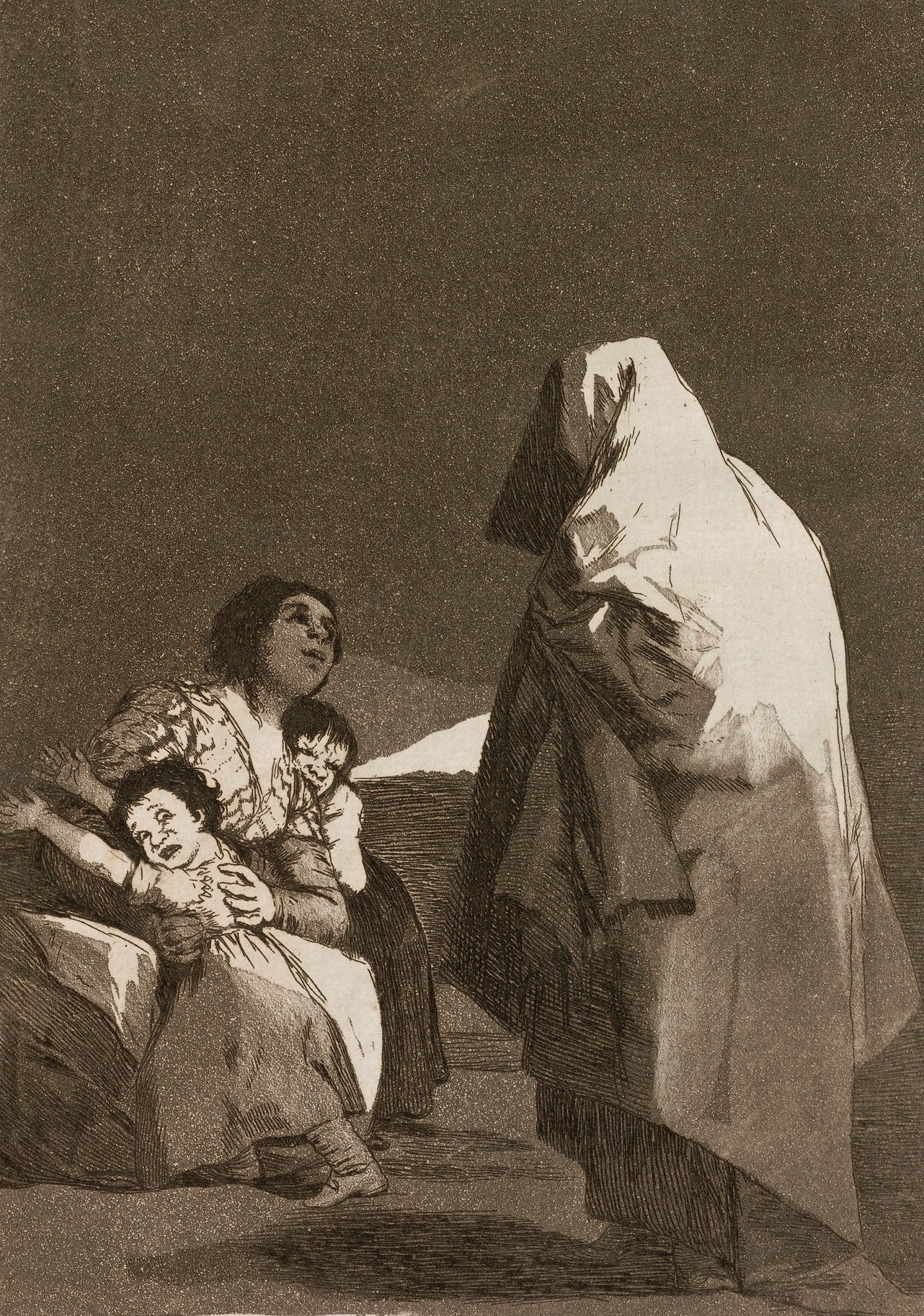
2. El Sombrerón
Country of origin: Guatemala
El Sombrerón has a weird fetish – he likes to braid the manes and tails of horses as well as young women with big eyes and long hair. But don’t let his braiding game let you believe that he’s harmless.
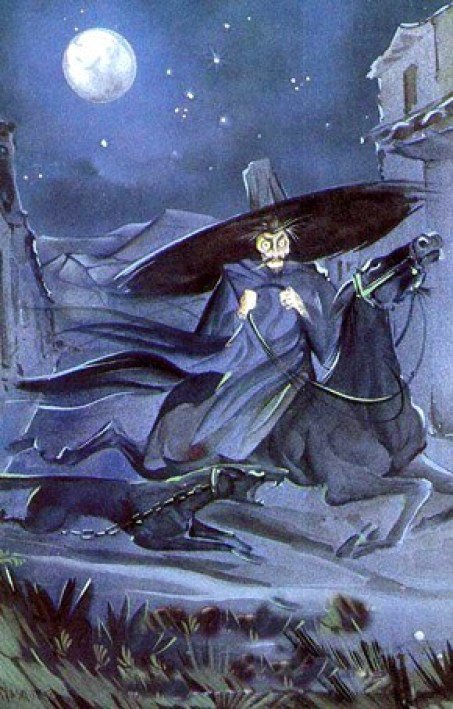
If El Sombrerón likes a woman, he will essentially mark his territory by tying a pack of mules outside her house. He then begins to serenade her to get her to come home with him. Once the woman follows him, he feeds her dirt so that she can’t fall asleep.
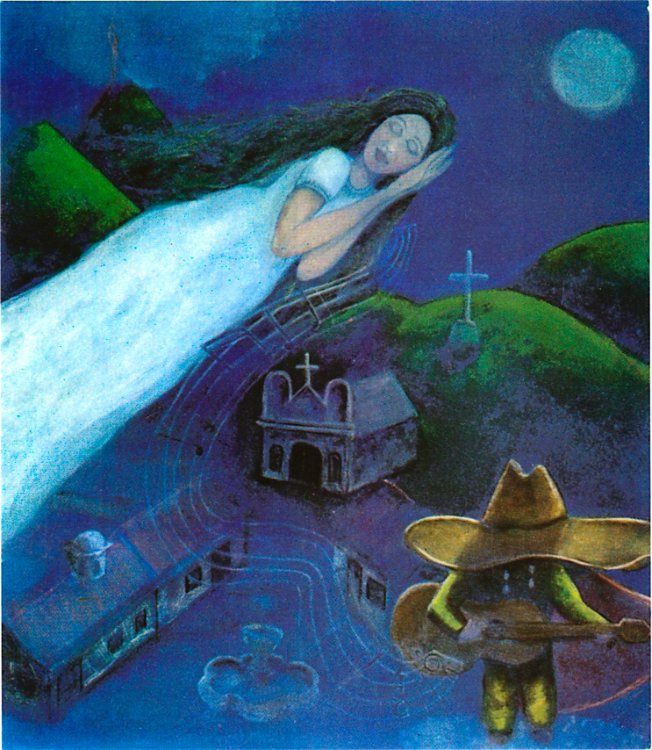
According to legends, when a woman named Susana was being serenaded by El Sombrerón, her parents grew worried. They tried to keep him away but he just kept showing to her place to play his guitar. It wasn’t until that they cut her hair and had it blessed that he finally moved on.
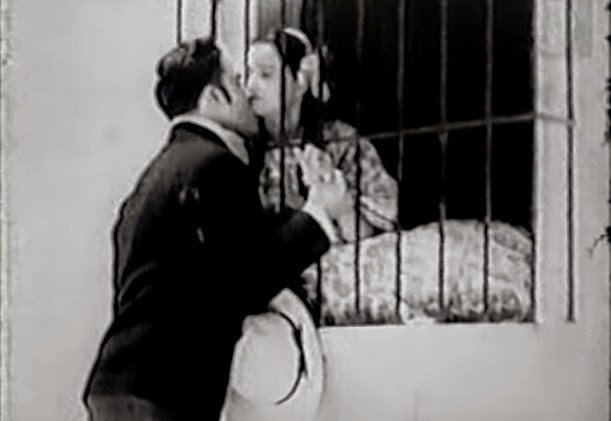
3. Acalica
Country of origin: Bolivia
As far as legends and monsters go, the Acalica don’t seem too bad. They are said to be fair-tempered creatures that control the weather and are sometimes called weather-fairies. They live in underground caves and make sure to stay out of people’s way. The rare times they do appear, they look like small winged men.
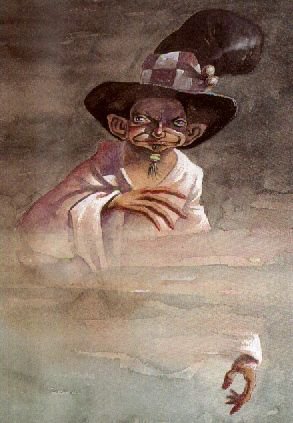
4. La Llorona
Country of origin: Mexico
According to a popular version of the tale, the Weeping Woman was once a beautiful maiden named Maria. She married a nobleman and gave birth to two sons. Her husband was a traveller and he rarely visited home. During their time ‘apart’, his feelings for her began to dull.
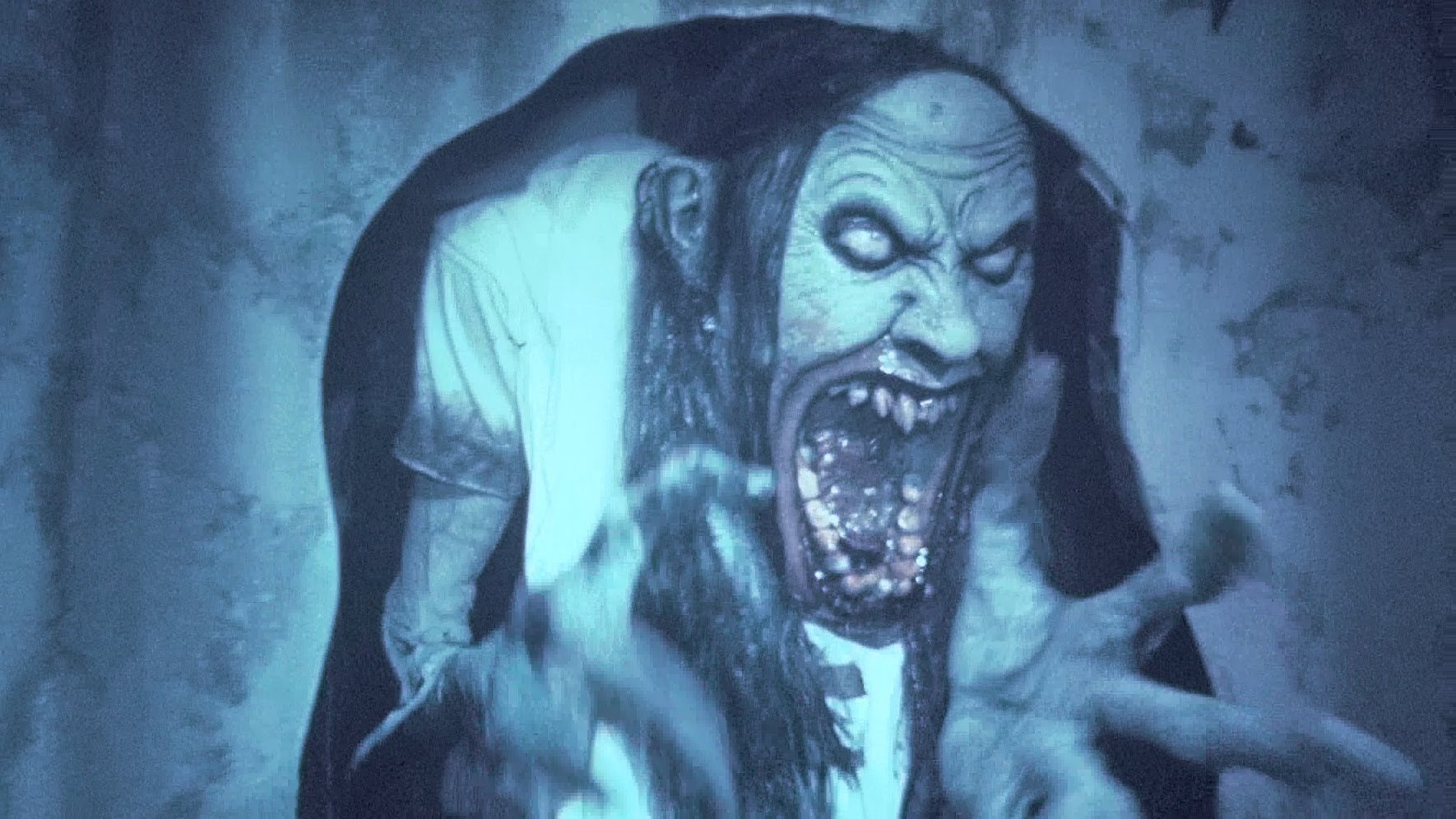
But her husband still loved his sons and gave them all the attention that he left his wife bereft of. Once when he was in town, she caught him with a younger woman. Enraged, she took her sons to Santa Fe River and drowned them. She also was found dead on the riverbank a few days later, the cause of which remained unknown.
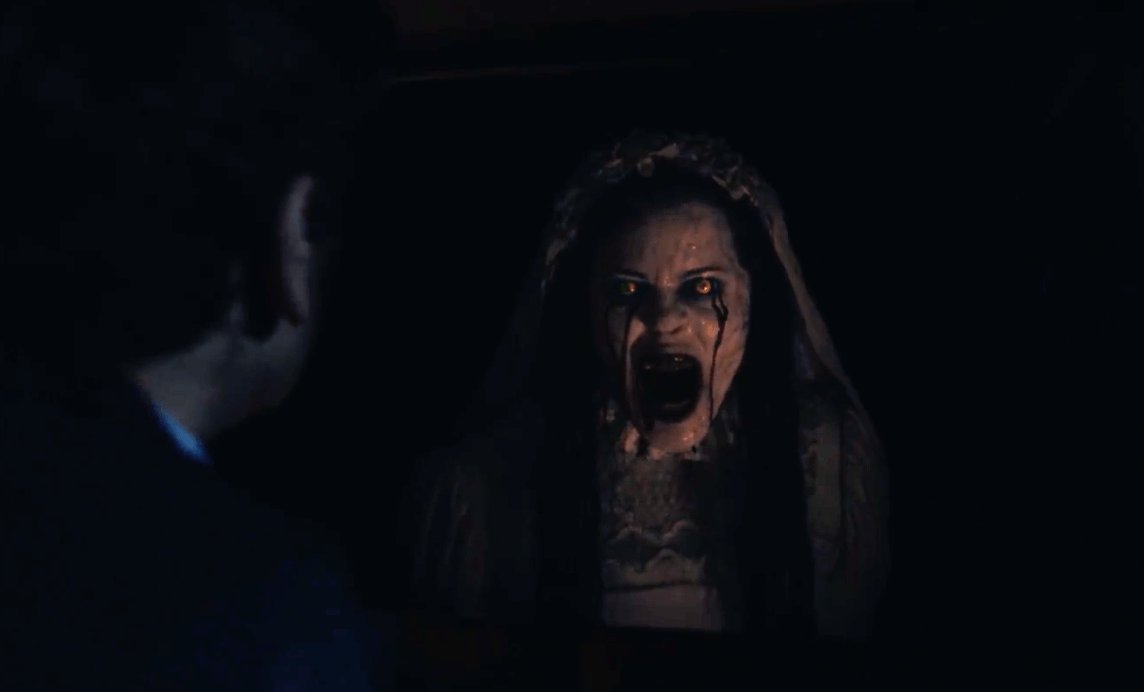
It is said that when she reached Heaven, she was denied entry until she found the souls of her sons. Thus, she wanders the Earth looking to reclaim their souls. Dressed in a white gown and mourning for her sons, La Llorona takes lost and abandoned children and drowns them in the hopes of recovering souls that will allow her entry into the afterlife.
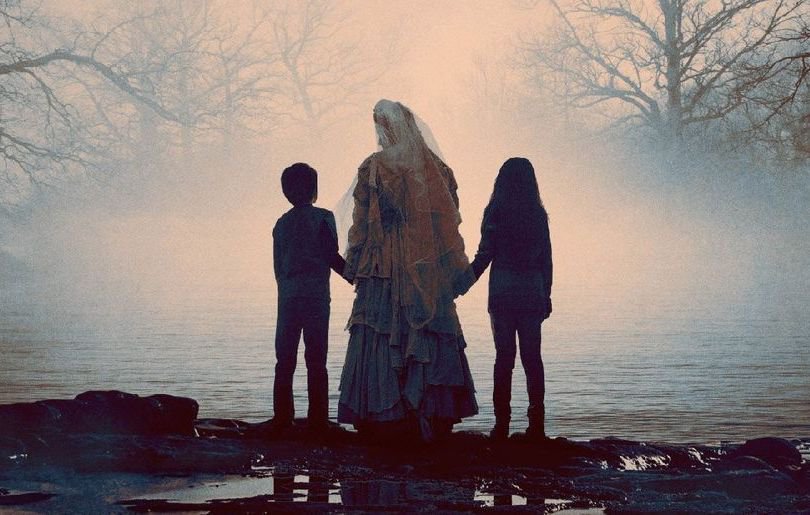
5. Luz Mala
Country of origin: Argentina
Luz Mala is a folklore myth from the gaucho era. It’s not an actual being but a fluorescent beam that shines a few feet above the ground during the night. Peasants are scared of it as they thought those were ‘lost souls’ who hadn’t received a Christian baptism.
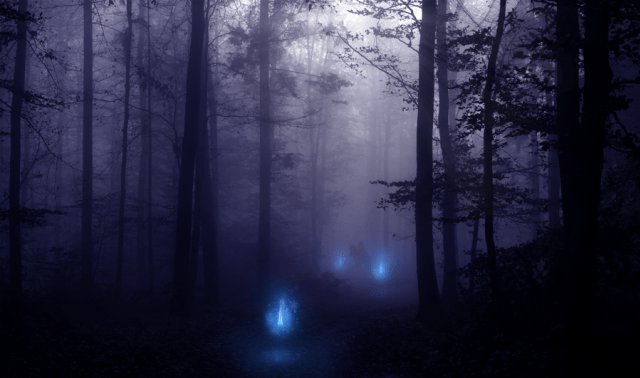
They are of the belief that those who dare to look under the light can find metal objects or indigenous artefacts. But of course, looking at the light comes with lethal consequences – a lethal gas emanates from the found objects, killing whoever discovers it.
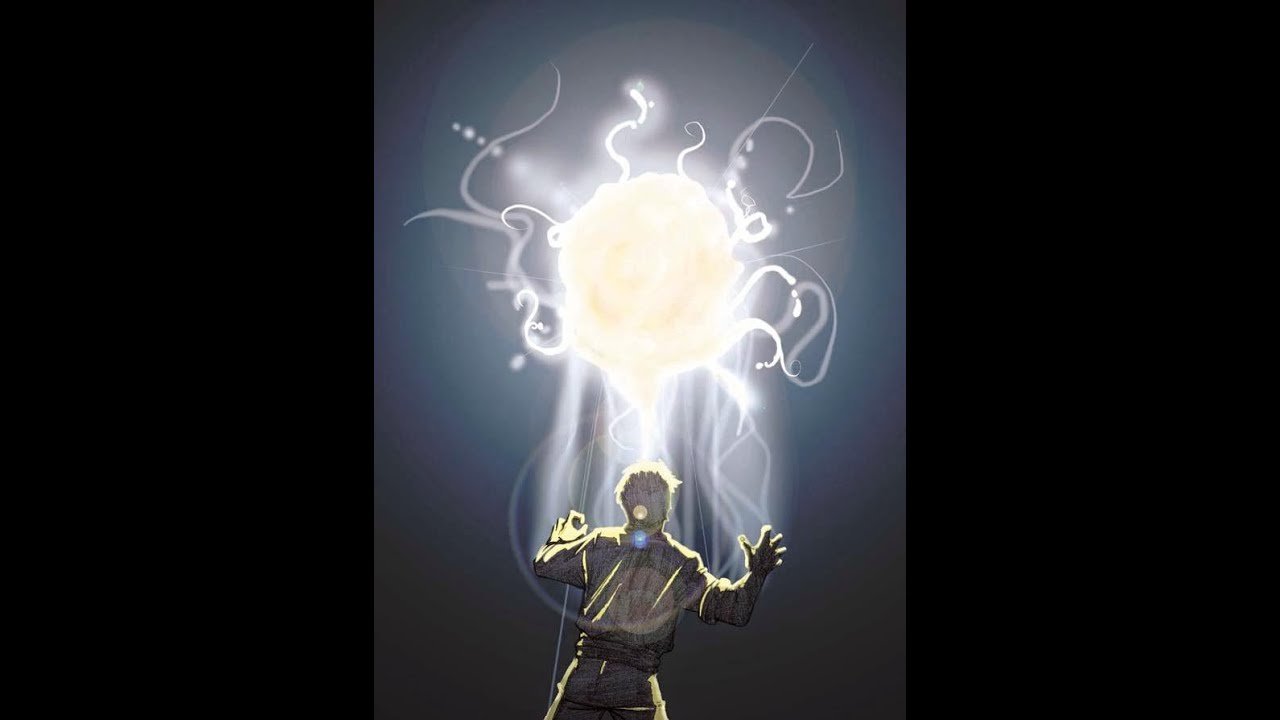
6. Duende
Country of origin: Spain
Duendes are well-known all over Latin America and each country has its own interpretation of the small, elf-like creatures. Some believe that they are the souls of infants who died before they could be baptized. Others simply portray them as malevolent, notorious spirits that hide inside people’s homes and wreak havoc.
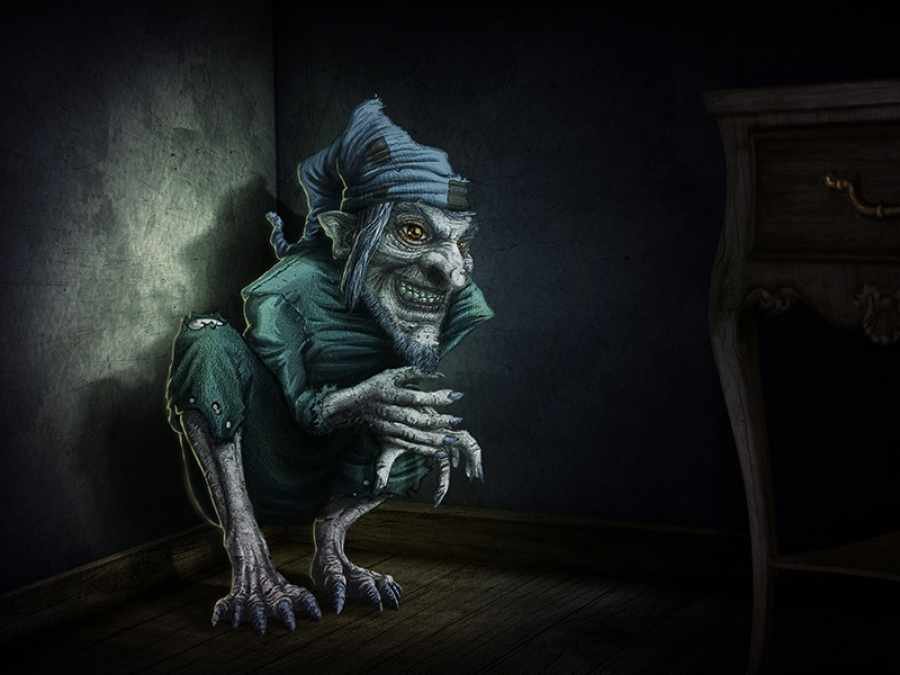
But most Duende variants seem to have a special relationship to children, probably because parents began using them as a tactic to scare their kids into making them do their chores.
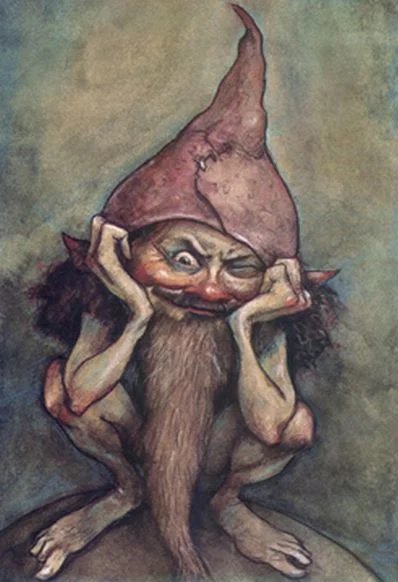
7. El Chupacabra
Country of origin: Puerto Rico
El Chupacabra, literally ‘goat sucker’, is a beast whose alleged existence has plagued farmers and the collective Latin consciousness for some time now. The legend of El Chupacabra dates back to just 1995. The first report of a Chupacabra attack was in March of that year – though some say reports go all the way back to the 60s – in Puerto Rico. Eight sheep were killed and completely drained of blood, with three puncture wounds in each of their chests. Authorities attributed the killings to more conventional predators, but many locals suspected a Satanic cult.
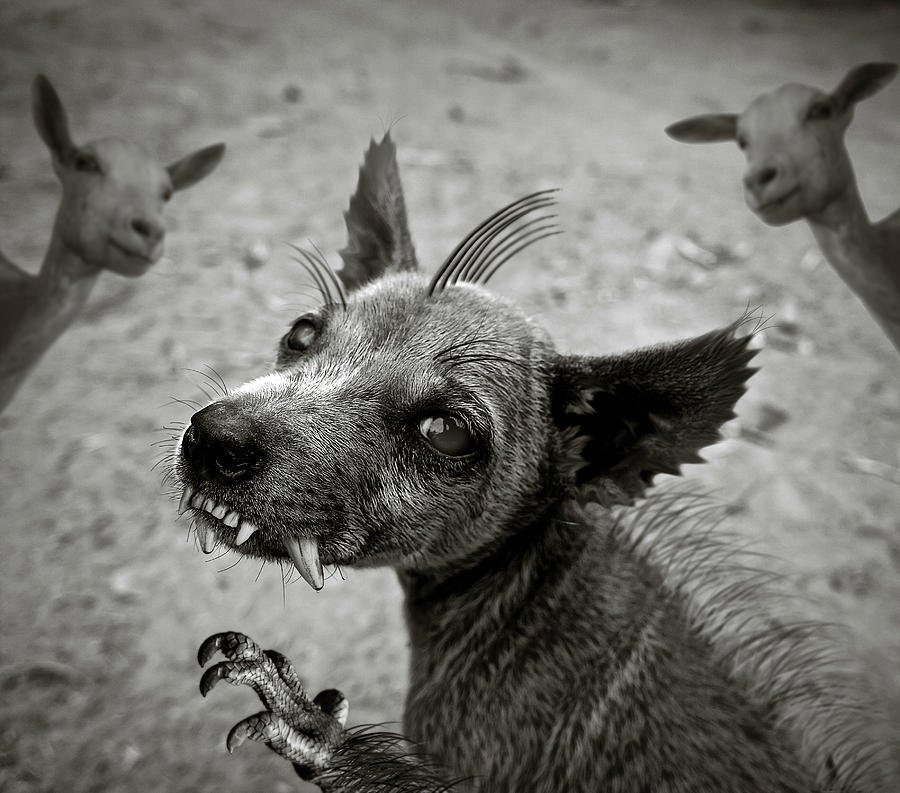
By August, 150 similar livestock killings had taken place. By the end of the year, the mysterious beast had been blamed for over 1000 killings. Descriptions of the creature varied wildly. In the town of Canóvanas, it was described as winged, swooping down on its prey. In Caguas, it was said to have hairy arms and red eyes. By the end of 1995, the most prevalent description was grey, an alien-like creature about 3 to 4 feet tall that walks upright on its muscular hind legs.
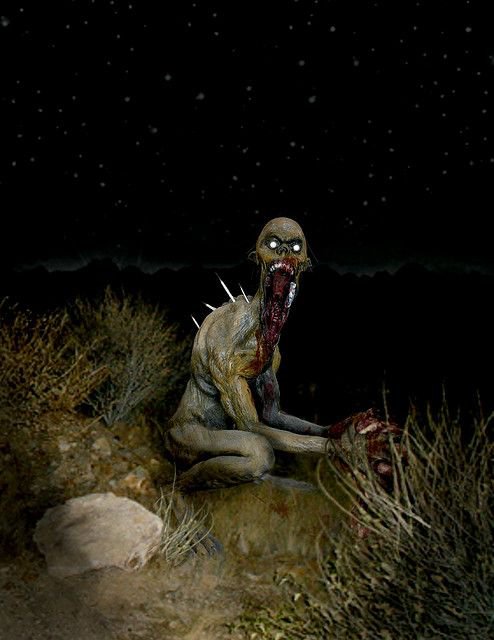
By 1996, Chupacabra attacks were being reported on the mainland as well, beginning in Miami and later in the Southwest and in Mexico. Either the creature had migrated, or the stories had become so popular that reports of sightings and copycat attacks were being carried out here, too. This time, the creature was described as doglike but reptilian. Whether El Chupacabra exists or not, reports of bloodless murdered livestock persist. And to date, no satisfactory predator has ever been caught.
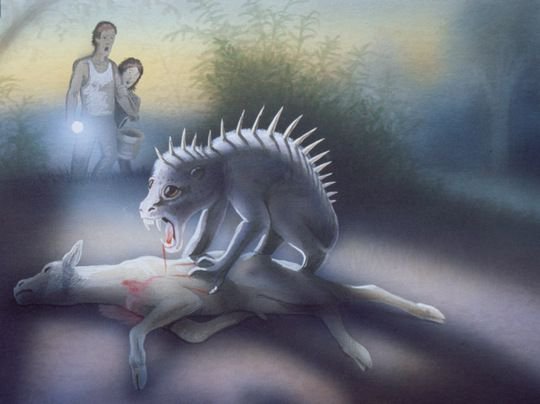
8. El Culebron
Country of origin: Chile
El Culebrón is basically an enormous hairy snake with a gigantic calf-like head. It is said that the creature resides inside dark caves or remote forests and eats basically anything in its path.
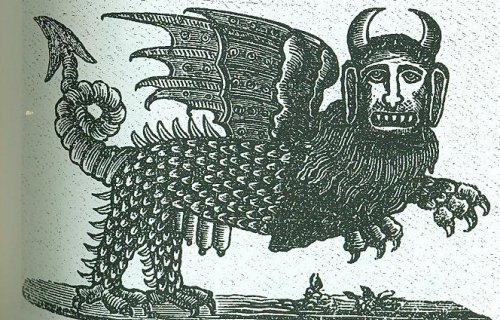
Legend also has it that the snake can draw wealth to anyone who is able to ‘domesticate’ it. But trapping a Culebrón is no easy feat. You have to find one in the wild, pluck three of its longest hair strands without getting eaten, and then put it in a bowl of milk. From that bowl, three baby Culebrón will spring to life, and the strongest will eat the other two and become a full-fledged Culebrón.

From that point forward owners have to maintain the snakes with sacrifices of animals or close relatives and leave the blood in a secret location that only the snake knows of.
9. Peuchen
Country of origin: Chile
The Peuchen comes from the indigenous lore of Southern Chile’s Mapuche people. It is a shape-shifting, vampire-esque creature, most frequently described as a flying snake. Occasional descriptions add that it is covered in either feathers or hair – making it similar to the El Culebrón.
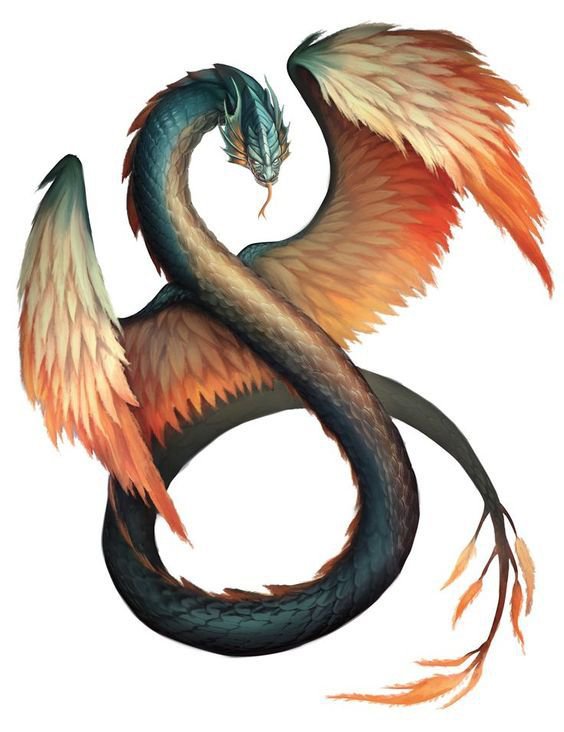
Much like vampires, Peuchens can paralyze their victims by gazing into their eyes in order to drain the bodies of blood. It is believed that the only people who can defeat the Peuchen are Machi (medicine women).
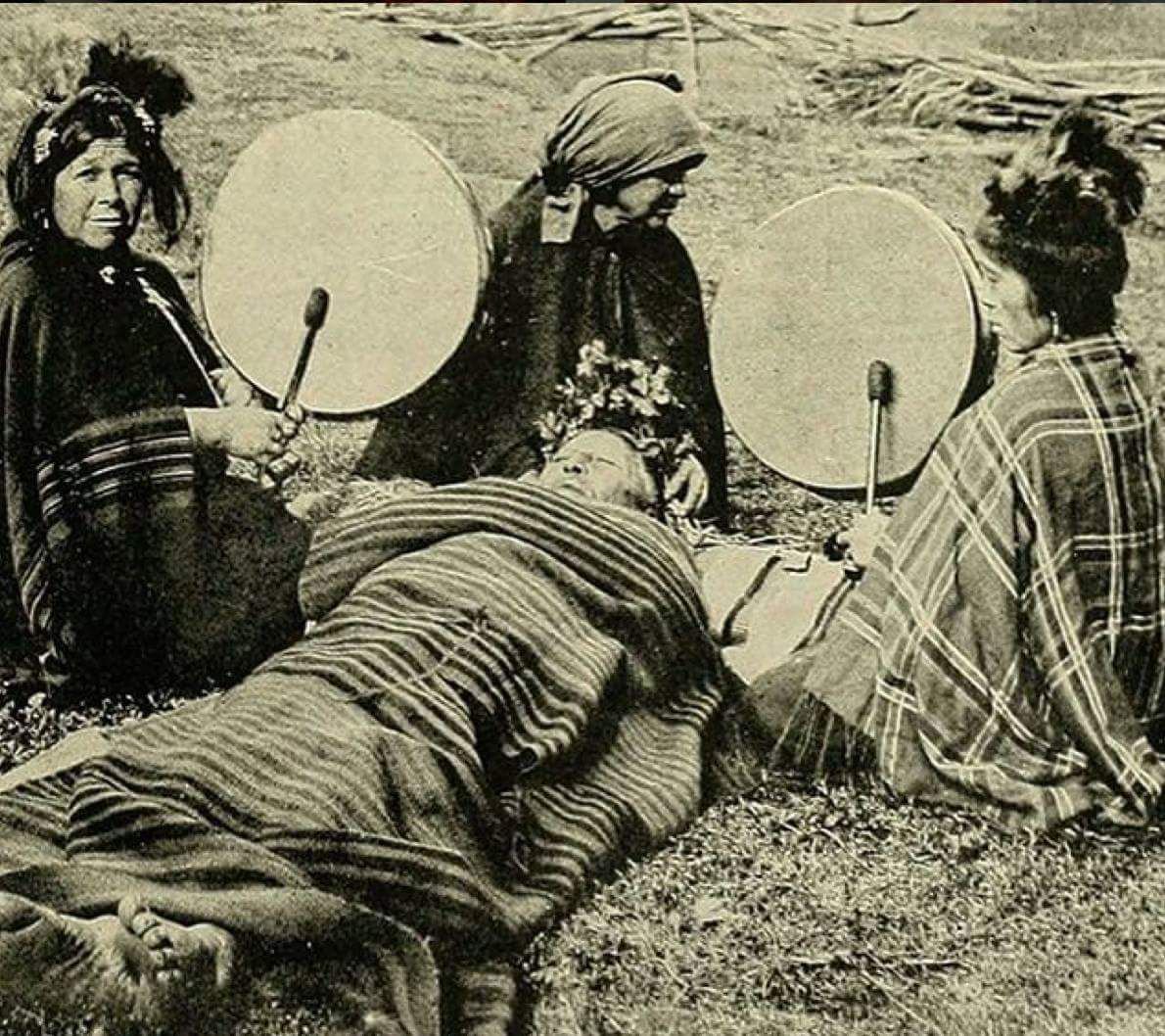
10. Pishtaco
Country of origin: Bolivia
The legend of the Pishtaco was basically plucked directly from the real-life horrors experienced by the indigenous communities of Peru and Bolivia during colonization in the 15th century. The first written account of the creature comes from a 16th-century scholar, Cristóbal de Molina who chronicled a spreading native fear in Cuzco that Spaniards were going to kill them and drain them of their fat.
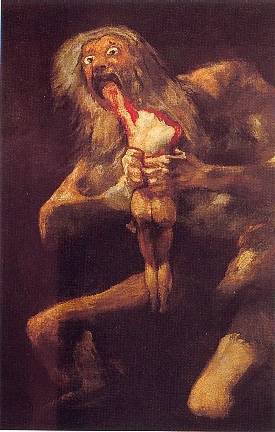
Since then, descriptions of the creature have varied slightly from generation to generation. But as a rule, they tend to be versions of white men portrayed as ‘invaders’, as priests, doctors, aid workers, tourists, or anthropologists.
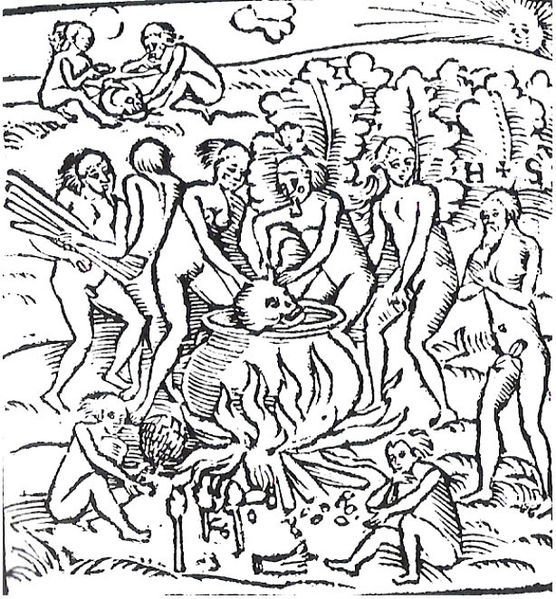
11. The Massacooramaan
Country of origin: Guyana
The Massacooramaan is a massive, hairy monster that lurks in Guayana’s rivers and seas and preys on passengers in small boats. The Massacorramaan is a kind of jumbee – a mythological spirit or demon native to Caribbean folklore.
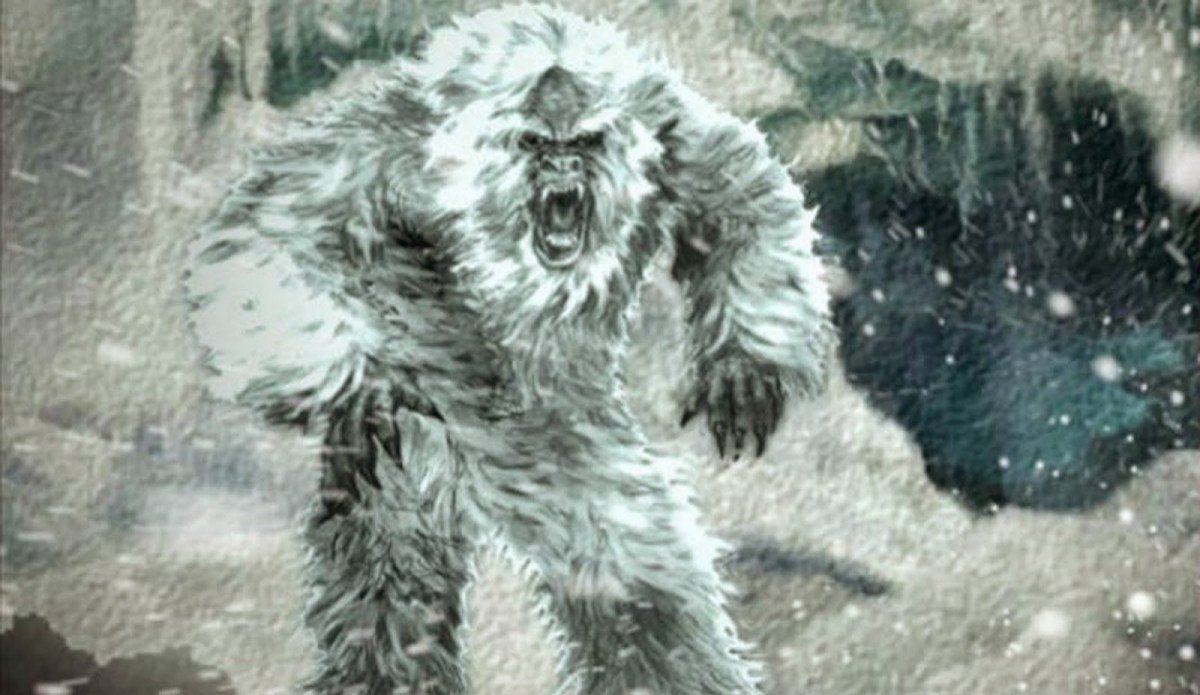
12. La Ciguapa
Country of origin: Dominican Republic
According to Dominican folklore, La Ciguapa is a hypnotic mythological creature that takes the form of a woman with backwards-facing feet. Remember Stree? Ciguapas lurk in the highland mountains and deep forests of the island, waiting for the perfect moment to lure men into the woods and make them disappear. Their long, thick manes, tan skin, and feet make them pretty elusive and prone to outwitting followers.

The first recorded mention of Ciguapas appeared in Francisco Javier Angulo Guridi’s short story La Ciguapa in 1866. While many think that Ciguapas are an Arawak legend, scholars have found little evidence to prove the connection. This has lead them to believe that the legend’s origins are far more likely to have emerged from African religious beliefs which were brought over to the island during the colonial period.
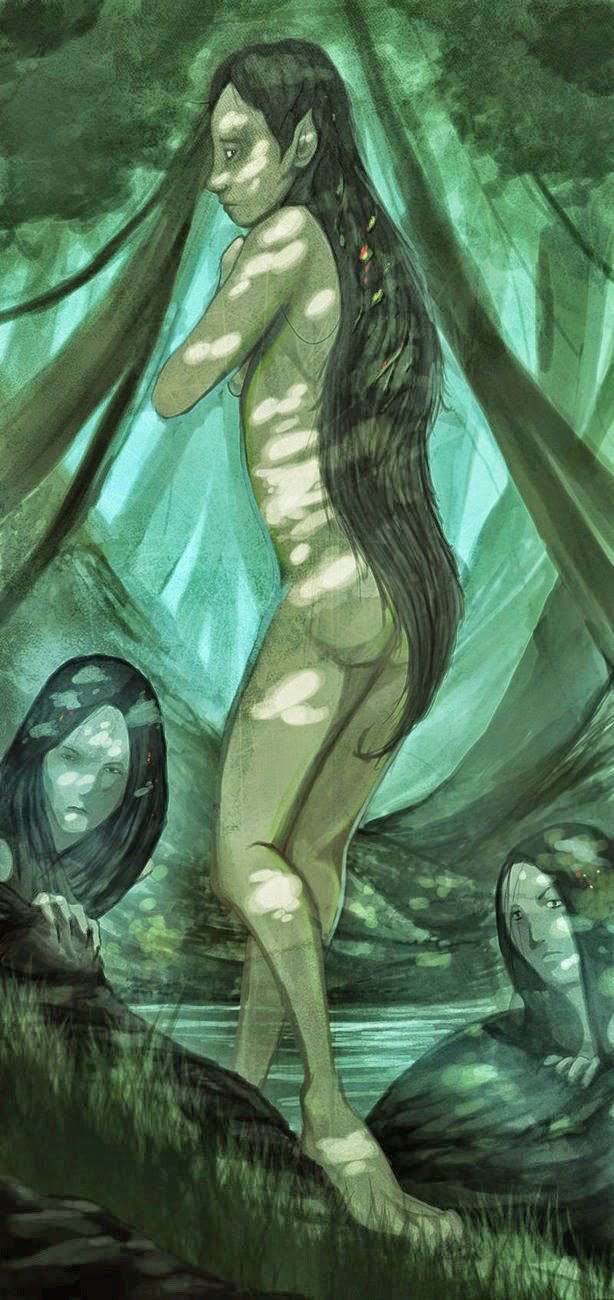
13. Yacumama
Country of origin: Ecuador
The mighty Amazon is home to the legendary Yacumama – a horned, snake-like sea monster which is believed to be the mother of all sea creatures.
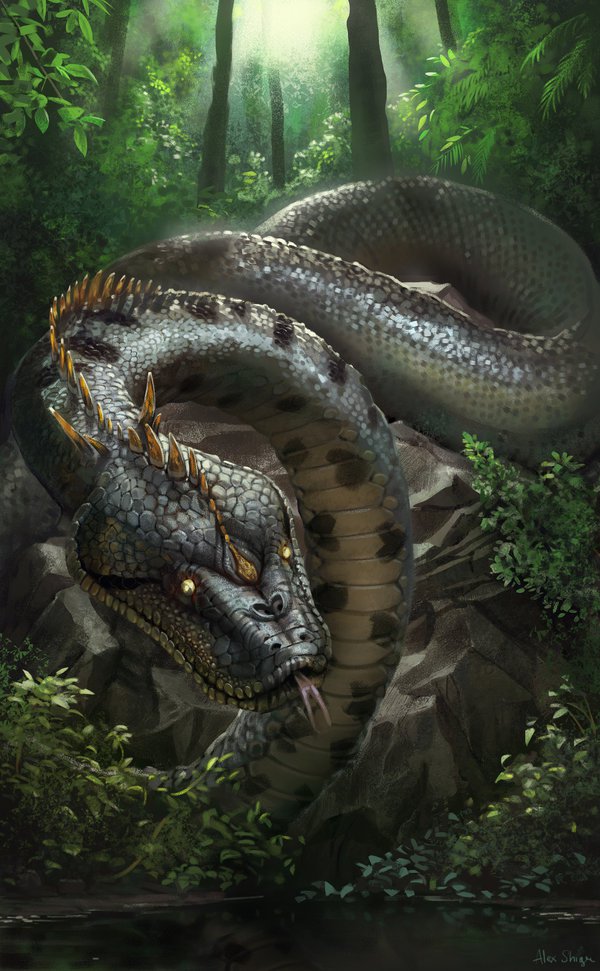
According to a number of colonizers’ accounts from the 19th century, the Yacumama is rumoured to be 160 feet long. Before entering unfamiliar bodies of water, indigenous tribes would blow a horn to warn the gigantic reptile of human presence, so as to scare it off.
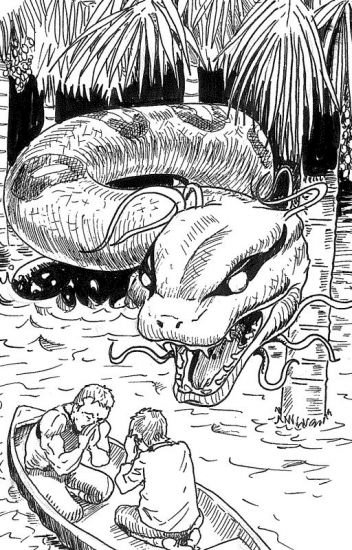
Mucho gusto!





